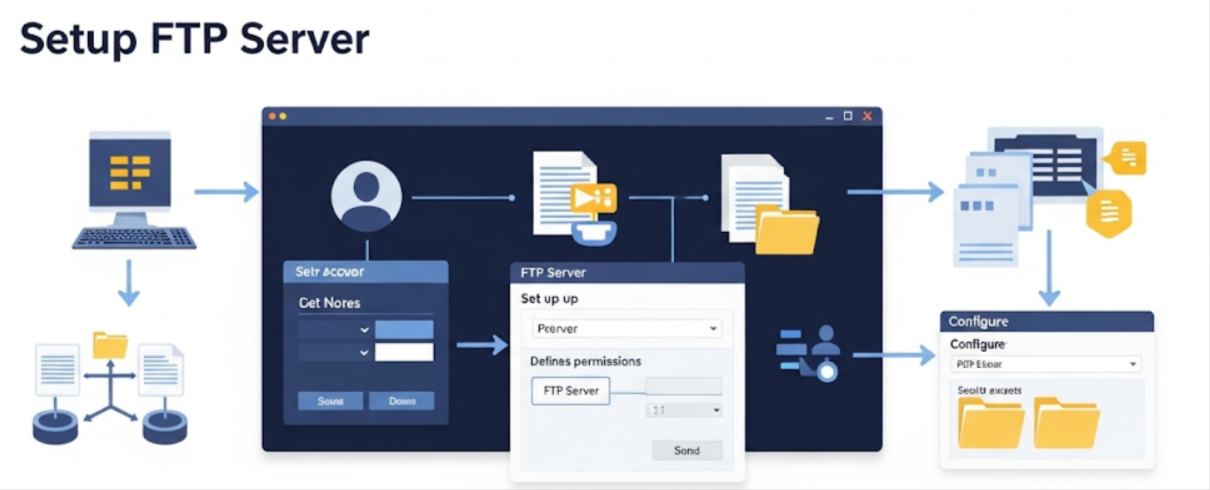Hello friends, Now the time has become modern era when many applications and sites have come to do different things, it is important to know which one is good and which one is not good, then I bring you an application for file transfer, so let’s learn about setup ftp server.
An FTP server: what is it?
File Transfer Protocol is referred to as FTP. File transfers between a client and a server on a computer network are accomplished via this common network protocol. The primary location for uploading and downloading files is an FTP server. For effective, safe file sharing, a lot of companies, developers and even home users depend on FTP servers.
What Makes Setting Up Your Own FTP Server Necessary?
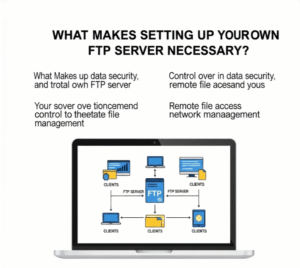
Here are some good reasons to run your own FTP server, friend:
- Control: You have complete authority over who can view your data.
- Savings: There are no ongoing charges for outside services.
- Customization: Set up user access, storage restrictions, and permissions anyway you like.
- Learning: It’s a fantastic method to increase your understanding of server administration and networking.
Things You’ll Need
Before we begin, please ensure that you have:
- A computer running Linux, macOS or Windows
- A reliable internet connection
- Basic administrator access to your firewall or router
- A little inquiry and patience!
The Step-by-Step Guide to Configuring an FTP Server
Let’s dissect it. Although I’ll be concentrating on configuring an FTP server on Windows in this post, I’ll also include some brief Linux advice.
1. Install the FTP server software first.
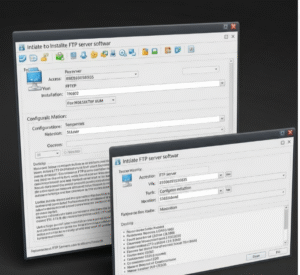
FileZilla Server, which is widely used and free, is the simplest method for Windows.
- Visit the official website to get FileZilla Server.
- Launch the installation and adhere to the instructions.
- You have the option to have Windows launch the server automatically during installation.
2. After installation, configure the FTP server:
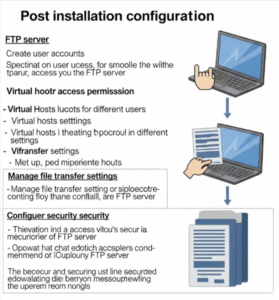
- The FileZilla Server Interface should open.
- Configure an FTP port; 21 is the default, but you may alter it for further security.
- Make an account for yourself: Select “Edit” > “Users.”
- After selecting “Add” type in your login.
- Set a password for protection.
3. Establish Shared Folders
Next, designate the directories that this user is permitted to access:
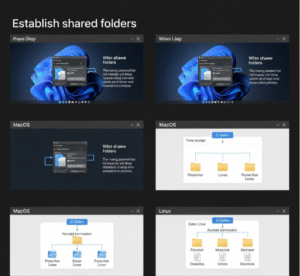
- Then choose “Shared Folders” from the Users menu.
- After selecting the folder you wish to share, click “Add.”
- Depending on your needs, choose permissions such as Read, Write, Delete, or Append.
4. Set up the router and firewall.
For access from outside:
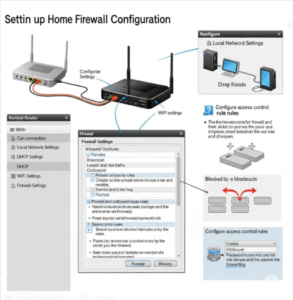
- Verify that port 21 or the port of your choice is open on your firewall.
- Go to the admin page of your router and log in.
- To route external traffic on port 21 to the local IP address of your server, use port forwarding.
5. Check the FTP Server
Hi Reader, it’s important to test!
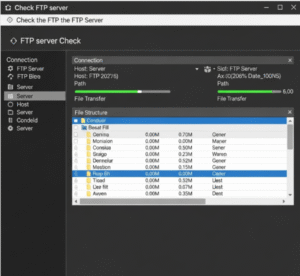
- Use any browser or an FTP client, such as FileZilla Client, on a different computer.
- Put in your login, password, and public IP address.
- Congratulations if you are able to log in and view the shared folders! Your FTP server is up and running.
Linux FTP Server Configuration (Quick Version)
The most often used option for Linux (such as Ubuntu) users is vsftpd (Very Secure FTP Daemon).
1.Install vsftpd:
- sudo apt update
- sudo apt install vsftpd
2. Set it up:
- sudo nano /etc/vsftpd.conf
Write permissions, block anonymous access and enable local user login.
3. Restart the service:
- sudo systemctl restart vsftpd
4. Open your firewall’s port 21:
- sudo ufw allow 21/tcp
5. Use an FTP client to test.
Advice on Maintaining the Security of Your FTP Server
Maintaining the security of an FTP server is an other matter entirely. Please don’t miss this, my friend!
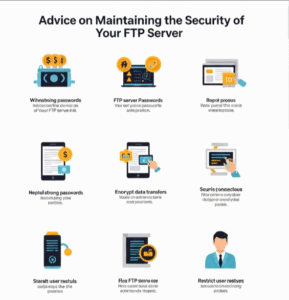
- Employ secure passwords
- anonymous logins
- rigorously restrict user rights.
- If you want to establish encrypted connections, use FTPS (FTP over SSL/TLS).
- Update the software on your server on a regular basis.
Concluding remarks
You now understand how to create an FTP server from scratch, my friend! An FTP server gives you control over file sharing with colleagues, remote backup management and personal cloud development. Just be sure to keep an eye on who has access and secure it appropriately.
I hope this detailed tutorial gives you the confidence you need to get started. Share this with other inquisitive people and assist them in setting up their own FTP server if you found it useful.
10 FAQ’S:
What is the purpose of an FTP server?
FTP server is a network-based device that stores, uploads, and downloads files. Users may safely move files across computers thanks to it.
Is it free to set up an FTP server?
Indeed! Numerous FTP server software choices, such as vsftpd and FileZilla Server, are open-source and free.
Which port is used by FTP?
FTP uses port 21 by default, however for extra security, you may modify it.
Is it possible to configure an FTP server on Windows?
Yes, FileZilla Server or the integrated IIS FTP capability make it simple to set up an FTP server on Windows.
How can I remotely access my FTP server?
Connect using your public IP address, open port 21 on your firewall, and configure port forwarding on your router.
Is FTP safe?
Regular FTP isn’t secure. Use SFTP (SSH File Transfer Protocol) or FTPS (FTP Secure) for security.
Does an FTP server require a static IP address?
static IP is advised in order to prevent the address of your server from changing. A dynamic DNS service can also be used.
Can my website be hosted on an FTP server?
To upload and manage website files on a hosting server, web developers frequently utilize FTP servers.
Which free FTP server program is the best?
FileZilla Server (Windows) and vsftpd (Linux) are well-liked free alternatives.
How can I strengthen the security of my FTP server?
Limit user rights, use strong passwords, turn on encryption (FTPS) and turn off anonymous access.

